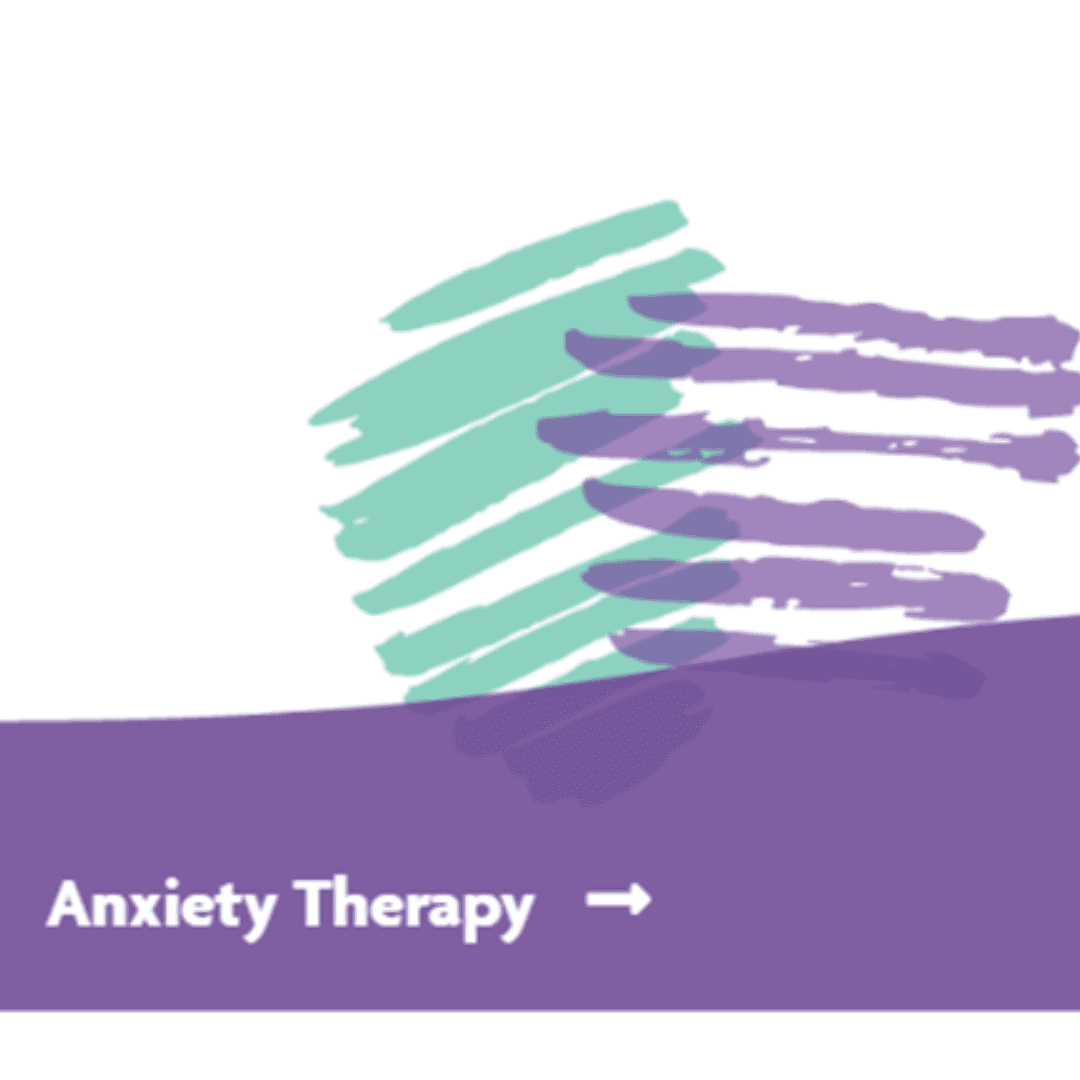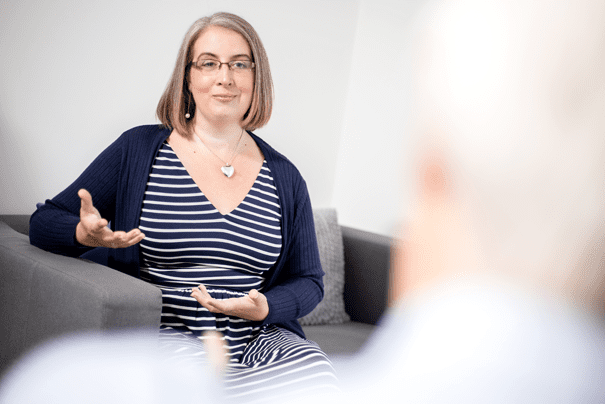This blog will provide some information on Exposure Therapy, a treatment for anxiety.
Understanding Anxiety
Anxiety can be a really unpleasant emotion to experience. It can be incredibly physical with symptoms of anxiety such as heart racing, getting sweaty, short of breath, unable to relax, insomnia, panic attacks and much more. Who would want to experience that right? an understandably scary set of symptoms.
So, it’s understandable then that when there’s situations or experiences that cause us to feel anxious, we are going to want to avoid them at all costs.
This might be fine when the thing we avoid doesn’t have an impact on our lives – for example if you had a fear of snakes, you could likely avoid them forever with very little consequence. But if the thing we are avoiding is people, or busy places, or public transport, or situations we can’t control, or trying new things – well then, it’s a lot more problematic. Avoiding these things can really impact on our quality of life, our ability to enjoy ourselves and make our relationships and work life much more challenging.
The role of avoidance in Anxiety
When we avoid the situations or things that make us anxious, we do feel better. We wouldn’t keep doing it if it didn’t have a benefit. If I have a fear of heights, and I avoid heights, then I get to avoid feeling anxious. But the problem with that is that lots of things are impossible to avoid for our whole life. The more we avoid it when we can, the more anxious we feel when we have to face it. So why is that?
When we avoid something, our brain learns that it must be bad/dangerous/risky. Therefore, next time we come across it, our brain will be firing off loads of warnings, trying to make us run away. The survival part of our brain is wired to be overprotective. So often the things it sends us warnings for will expand, and consequently the list of things we avoid will also get longer. As time goes on, the anxiety and avoidance cycle will take us further away from the life we want to live.
CBT Treatment for Anxiety – Exposure Therapy
Exposure therapy is a well-researched and scientifically proven treatment for Anxiety. It has been in existence for decades, and can be used for a range of phobias including social phobia, height phobia, spider phobia, agoraphobia, driving phobia, fear of flying, claustrophobia, emetophobia and many others.
For most clients seeking treatment for their anxiety, their only approach up until that point has been avoidance. There are 2 problems with avoidance – 1 as we’ve discussed is that it over time makes our anxiety worse, and 2 is that we never get to see that we could have coped and nothing bad would have happened.
Exposure therapy is about facing our fears and giving our brain the opportunity to learn that there’s nothing bad/dangerous/risky, and it doesn’t need to send us the fight or flight warning any more.
How is exposure therapy done?
If you take a fear of heights example, if someone only currently feels safe when they are on the ground floor, then we aren’t going to suddenly ask them to jump out of a plane. We aren’t going to throw you in at the deep end. That would be unethical, and also highly ineffective. If the situation we are facing terrifies us, our brain learns absolutely nothing.
Key principles of exposure therapy
One of the key principles in Exposure therapy is a step-by-step gradual approach. The sweet spot is to be uncomfortable but for the situation to feel manageable. We need to push ourselves to face our fears to overcome them, to be outside our comfort zone, but we need to do it in a way that is realistic. When doing this type of therapy your therapist will typically ask you to write what is known as a hierarchy. This is a list of situations that you currently avoid, listed from hardest to easiest to start to tackle. Often we need to keep breaking things down into smaller steps to stay in that sweet spot of learning – uncomfortable but manageable.
Another key principle of exposure therapy is repeated. The theory with this is that the shorter the gap between occasions when we face our anxiety, the more our brain holds onto that recent learning, rather than defaulting back to it’s fear response. Therefore, it’s really important that practice is done frequently, ideally every day or multiple times a day. Your therapist will work with you to come up with creative ideas of how to give yourself opportunities to practice if they don’t naturally present themselves.
What to expect from your Exposure Therapist
The adage of “it gets worse before it gets better” often applies when we are doing exposure therapy. The first few times of doing it are the scariest, but it can help to focus on the life you’re wanting to get to, and this being necessary to that goal. Once you’ve started making progress, and you’ve overcome your first few steps, it becomes easier to keep pushing forwards.
When working with your CBT therapist, you will be given educational information, as well as set between session tasks to carry out, and sometimes mini experiments in the sessions themselves. The therapy is proactive, and focused on change and recovery.
Therapy with Hannah Paskin
If you are interested in finding out more about how I can work with you to overcome anxiety, please get in touch on 07588576026.
Other useful blogs:
What is CBT, and how does it work? | Hannah Paskin (hannahpaskintherapy.co.uk)
Help for Anxiety
The following helpline and website may be useful for those seeking help for Anxiety:
* Anxiety UK – Helpline: 03444 775 774 | Text support: 07537 416 905 (open Mon-Fri 10:30-16:30)
* Anxiety Canada – Free CBT resources Anxiety Canada – MAPS








